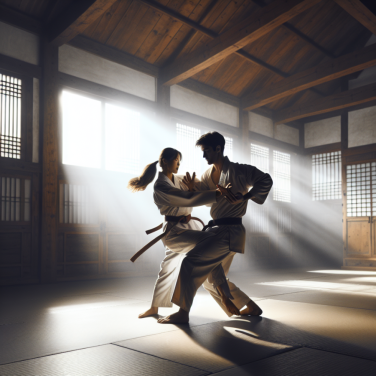Understanding the Importance of the Right Golf Glove
In any sport, having the correct equipment is paramount to both your performance and your enjoyment of the game. For golfers, the importance of the right glove is often overlooked, yet it can be an essential part of your gear. The right glove not only provides a firm grip and control over the club, but it also significantly reduces the chances of developing painful blisters and calluses.
One primary reason for using a golf glove is the grip it allows you to maintain. A good quality glove has a sticky texture, providing extra traction. The game of golf involves swinging a club with a high degree of force, and slippery hands can lead to loss of control. Golf gloves help reduce the movement of the club in the hand, enhancing a golfer's ability to control swing and trajectory. Notably, the game of golf involves executing different golf strokes in various weather conditions, and the right glove helps guard against any slips, primarily when playing in wet weather.
Importantly, a good golf glove provides durability and protection from friction that causes blisters and injuries. Holding and swinging a club repeatedly can cause blisters that become painful over time, hindering your ability to perform at your best. A well-fitted golf glove acts as a protective layer against hard and rough club handles, preventing the formation of such injuries. Moreover, the glove's padding helps reduce pressure points when making your swing, ensuring comfort throughout your game.
Golf gloves are designed to enhance the comfort level of a player. Many modern golf gloves are made from synthetic materials or leather, which offer both comfort and breathability. Fabrics such as Lycra are used in strategic areas to allow for flexibility and ventilation. This attention to comfort allows golfers to focus on their swing and their shot rather than any discomfort in their hands.
Additionally, using the right golf glove can improve a player's performance by helping them develop a consistent swing. Wearing a glove can contribute towards better swing mechanics as it guards against grip changes in the middle of a swing. By providing a comfortable, non-slip grip, the glove can help players maintain the same grip throughout their swing. This enables golfers to generate more speed and power, leading to more consistent and effective shots.
Choosing the right golf glove involves several considerations: fit, material, and personal preference. The best golf glove is one that fits snugly but not tightly, leaving no loose material.
Read also:
Breaking Down the Costs: How Much Do Golf Clubs Really Cost?
Essential Factors to Consider When Choosing Your Golf Glove
Getting the right golf glove is an often overlooked aspect of the game that can dramatically impact your performance. From helping maintain a firm grip to safeguarding your hand during the game, the role of golf gloves are quite indispensable. There are several factors to consider when choosing the ideal golf glove.
The first factor to consider is the material of the glove. Leather gloves are considered the most durable and offer the best feel. They tend to conform to your hand and offer great breathability. Synthetic gloves, on the other hand, are flexible and usually offer better weather resistance than their leather counterparts. However, the feel may not be as great as that of leather gloves. Many golf gloves are a combination of both materials, offering the advantages of each.
Fit is another essential factor when choosing a golf glove. A glove that does not fit properly can interfere with your swing and grip. The glove should fit just like a second skin, snug but not too tight. There should be no extra material at the fingertips, and the Velcro or snap closure should secure the glove comfortably at the wrist.
Hand orientation is also crucial. If you're a right-handed golfer, you'll want to wear a glove on your left hand, and vice versa for left-handed golfers. However, some golfers choose to wear gloves on both hands to increase grip and reduce the chance of blisters.
The type of golf glove is another factor to consider. Traditional gloves are designed for the most common golfing conditions, while winter gloves provide extra warmth for playing in cold weather. Rain gloves, designed to provide excellent grip in wet conditions, become more tacky as they get wetter.
Comfort is a significant consideration as well. The glove should not only fit well but should also feel comfortable to wear for extended periods. The existence of breathability features, a soft interior, and overall glove design all play into comfort level.
Grip strength is another essential characteristic of golf gloves. The primary purpose of a golf glove is to offer an excellent grip. Some gloves have reinforcements or additional texture in key grip areas to enhance grip strength. If your hands tend to sweat, a glove with moisture-wicking properties can be valuable to maintain grip.
The cost of the glove is another factor to consider. The price can range from very affordable to quite pricey. Keep in mind that while a high price can indicate higher quality, it does not necessarily mean it is the best glove for you.
Lastly, consider the durability of the glove.




